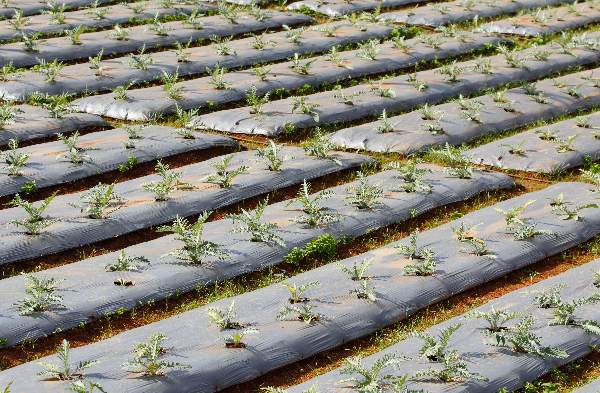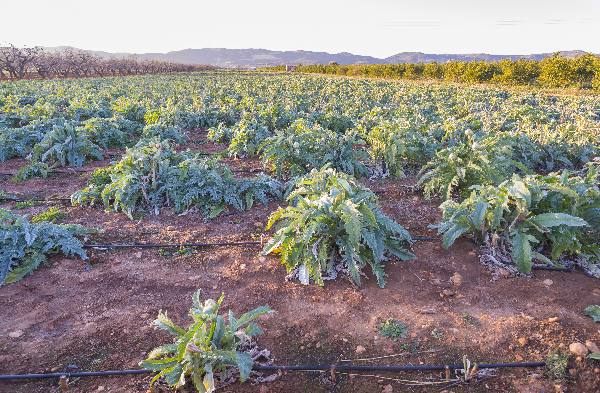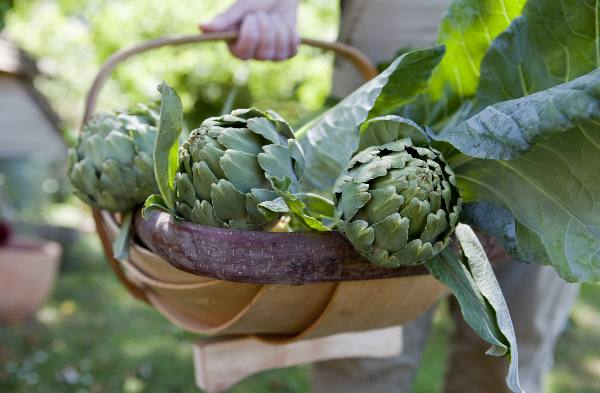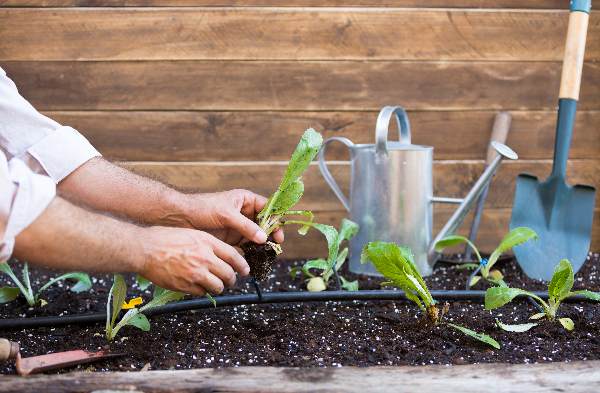A.Vogel search
When the internal search is activated, personal data such as your IP address is transmitted to our search engine Cludo. Data is thus transferred to a third country. Please click here if you want to display the internal search. You can find more information on data protection here: Privacy policy.
How to grow artichokes
Artichokes are hardy perennial flowers that can thrive in a variety of conditions, although they do tend to favour warmer coastal areas such as the Mediterranean or California. Nevertheless, provided that you show them enough care and attention, there’s no reason why you can’t reap the rewards of growing your own gourmet artichokes in your back garden!
Choosing a plot
Choosing a plot in which to grow your artichokes will require some careful consideration. As with all plants, the quality of your soil is an important factor – artichokes generally thrive better in light, sandy soil that has been regularly drained of excess water.
If you really are keen to avoid water-logging, it might be an idea to work some compost into your plant beds – 3-5 inches would be ideal! Artichokes also require a neutral to slightly acidic soil pH, I would aim for somewhere between 6.0 and 7.0.
If the quality of soil in your garden is not ideal, it might be worthwhile planting your seeds in raised beds to give them the best start possible. Some gardeners even choose to start growing their seedlings indoors for the first couple of months just to give them a fighting chance.
Planting seeds

Ideally artichoke seeds should be planted between March and April, ready to be harvested in August or September. Although there are many different types of artichokes, I would recommend choosing the popular Globe artichoke.
Mature artichoke plants can grow up to 4 feet tall and be anywhere from 2-6 feet wide, so spacing is important. I would try to plant your seedlings at least 2-3 feet apart and about ½ inch to an inch deep. If you are going to plant your seeds in compost, try to plant them a little deeper.
You will need to water your seedlings well until they start to germinate.
Nurturing your seeds

Your artichoke plants will require nurturing year round, whether it’s keeping your plants weed-free, mulching in spring or cutting the leaves back in autumn in preparation of winter. Nevertheless, if you show them the right amount of TLC, you should be rewards with plants that can last for years.
After planting, you will need to weed your beds regularly and water well, especially during warmer weather. If you live in a slightly colder climate, you may have the opposite problem, in which case I would try to cover the plants to protect them from the elements.
The main pests attracted to artichoke plants are your usual offenders – slugs, snails and greenflies. Slugs in particular will try to feed off your seedlings, though thankfully there are many ways of dealing with these culprits! Greenflies are slightly trickier, because they tend to travel as a colony and encourage the growth of mould.
I would have a word with someone at your local garden centre for tips on how to deal with these pests in an environmentally-friendly way!
Harvesting your artichokes

One of the good things about artichokes is that you should notice that your yield increases each year, so don’t be too disheartened if your first harvest falls short of your expectations!
Normally artichokes are harvested between July and September. You can usually start to remove the buds as they appear, although I would wait until the buds have had a little while to grow in size. Make sure they have not started to flower and try to keep a good portion of the stem attached – not only is the stem edible, it can also make it easier to prepare the artichokes for cooking.
A.Vogel Blog – Natural and Healthy
Inspiration for a healthy life!




